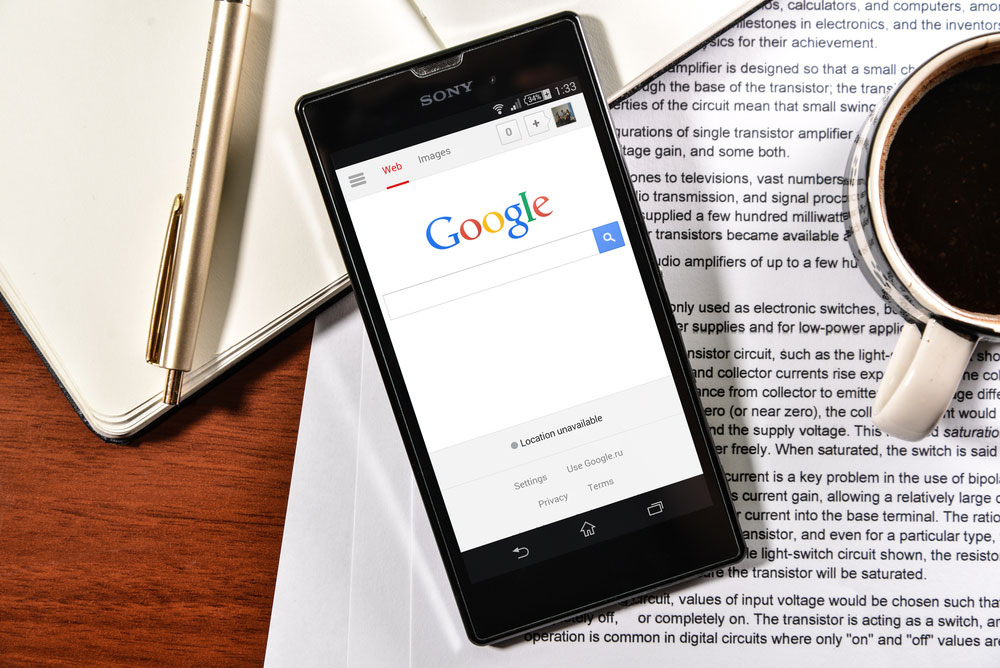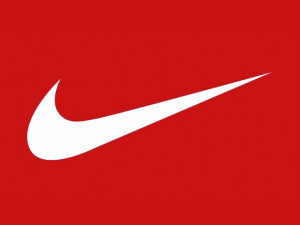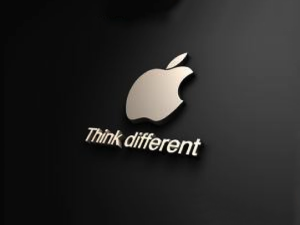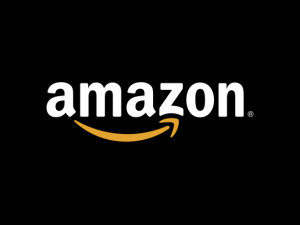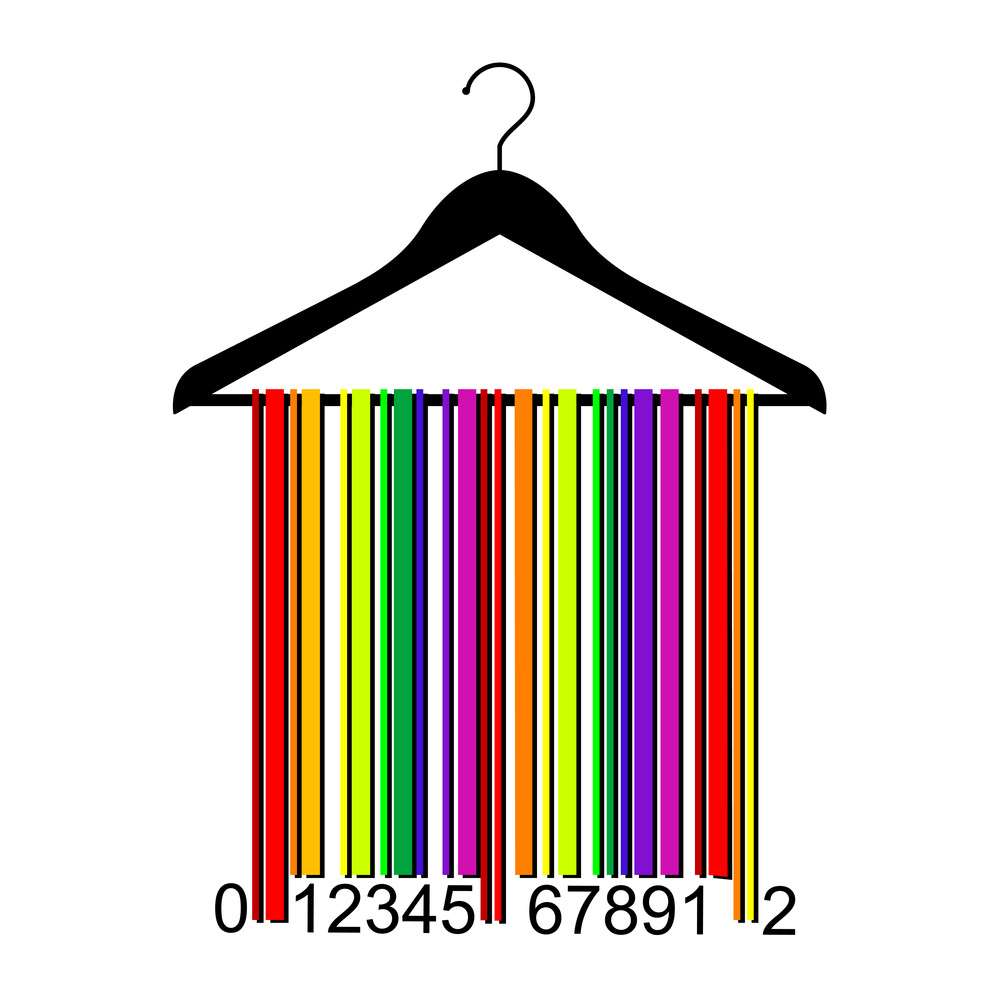What is the Internet without Google? We don’t know about you? but we use Google search as a function several times each day! When Google decides to generate a massive change to their business, it has a knock on-affect for everyone else.
Google currently crawls the web using a desktop browser, but now it is changing to crawl the web from a mobile browser. So how does this new change affect you or your client’s website?
Why is Google changing from Google Desktop to Google Mobile-First Index?
Google is planning to change the search index because more and more searches happen on mobile devices. Hence, Google wants its index and search results to represent majority of its users — who are mobile searchers.
What if you don’t have a mobile site and what is Mobile-First Index?
Google will continue to index your desktop website but by using a mobile user agent, however, it will be a tough challenge, so the right thing to do would be to build your own mobile version of the site. If you have a mobile site, then you need to make sure the content and links on the mobile site are similar enough to the desktop version so that Google can consume the proper content and rank your site as it did previously by crawling your desktop site. Shortly, Google will create and rank its search listings based on the mobile version of the content, even for listings that are shown to desktop users.

Will the Mobile-First Index change the ranks of the current websites?
The official reply from Google is that this change will have less effect on the current rankings, but it is too early to say. Therefore, it’s better to assume the worst and start optimising your website for this new update.
Will Google have different indexes for mobile and desktop?
Google plans to have only one index, one which is based on mobile content, to serve both mobile and desktop users. During this testing period, there will be two: desktop-first and mobile-first. A smaller group of users will get results out of the mobile-first index. It’s not something that anyone will be able to control as they won’t have any idea which index they’re using. As Google grows confidence in the mobile-first index, eventually that will be the only index used. Or if the new index isn’t deemed useful, Google could go back to a desktop-first index. It has, after all, called the mobile-first index an “experiment.”
When does the change officially commence?
As of now, the mobile-first index is still in test phase. So, it will be months before the actual update is rolled out. Google has provided us with some optimisation tips for the update in their blog post. During this waiting period, you have the opportunity to do what’s necessary. If you need any help, be sure to contact us for guidance.
Who can help me optimise my website for Google’s Mobile-First index?
Black Iris Publishing is a creative design agency who specializes in mobile optimised website design and mobile Apps. The agency also generates branding, smart marketing ideas, effective social media management/strategy and creative graphics and engaging content.

